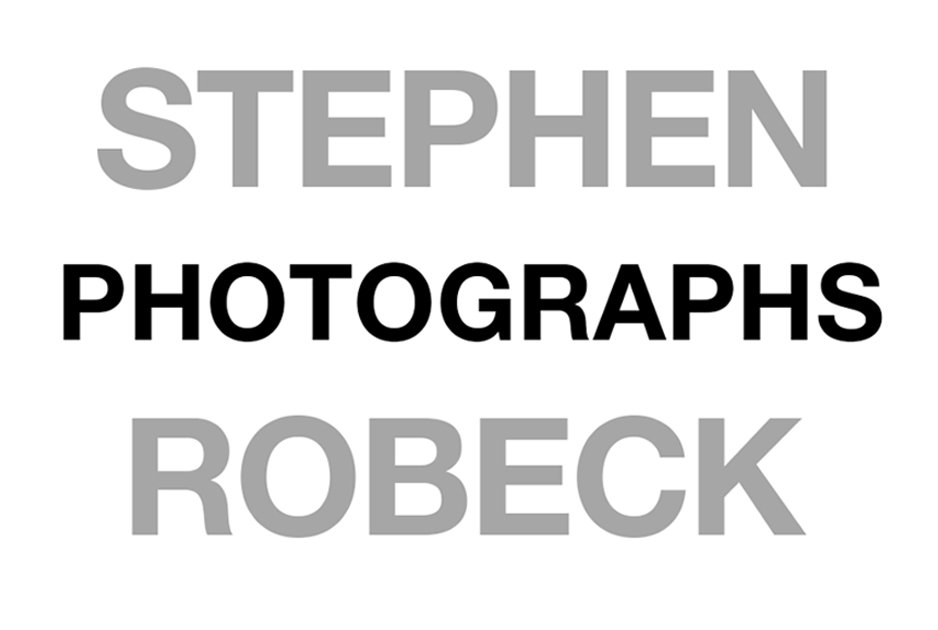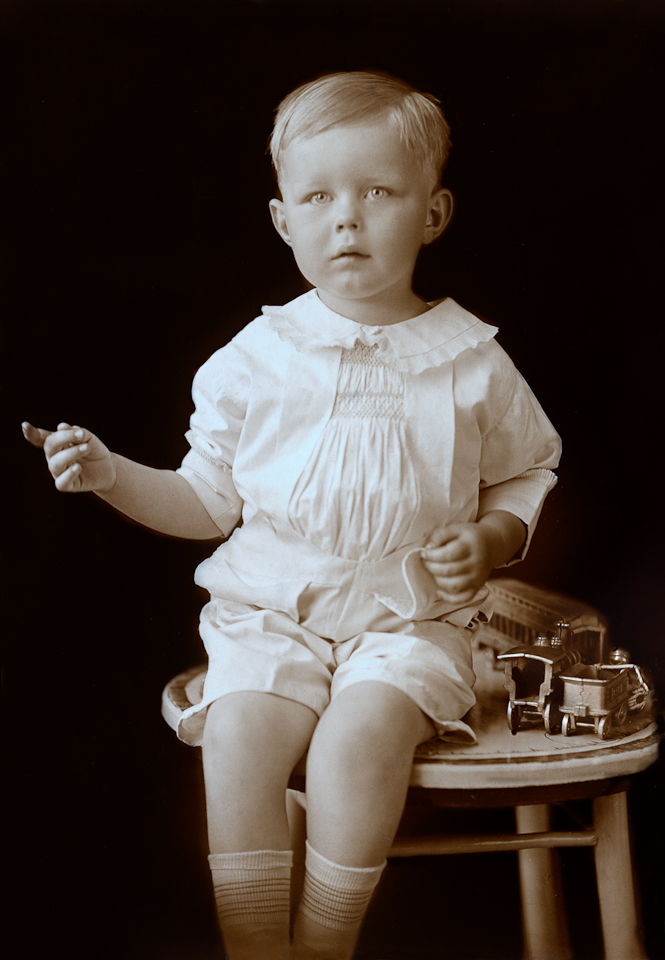What Does "Archival" Really Mean?
The archival qualities of any artwork or document have to with their aging properties, their ability to remain unchanged in appearance or physical condition over a given period of time. Sounds simple enough, but with photography things get very complicated (and murky) once you begin to consider all the different combinations of printing materials, emulsions, inks or dyes, display or storage conditions, etc. Think about the color prints in your family scrapbook that have faded and discolored in twenty years or less.
Much is known about the long-term stability of 100% cotton rag papers (actually made with cotton fibers) versus those made with wood pulp which is usually more acidic and prone to discoloration, fading and/or deterioration. There is also good data available regarding silver-gelatin photographic prints (still made by some photographers) because they've been around for over 100 years. But the high-quality pigment-based ink sets used to make most digital fine-art prints were introduced just nine years ago! So what do we really know about how long these prints will last?
Of course the manufacturers of inks and printing papers have done plenty of their own research, but independent evaluation comes almost entirely from Wilhelm Imaging Research. Henry Wilhelm has been studying print longevity since the early 1980's, first as a Guggenheim Fellow and later as a consultant/advisor to the likes of the Museum of Modern Art and the Corbis Bettmann photography collections of more than 65 million images. An important part of Wilhelm's work has been the development of standardized accelerated-aging test methods that can predict, hopefully with accuracy, how long various ink-and-paper combinations will last under various conditions. Suffice to say, Wilhelm Imaging Research is widely respected.
The ink-paper-coating combination I use has been tested by Wilhelm to last more than 100 years without visible fading or discoloration if kept out of direct sunlight. That's certainly long enough for me. But a related question is, what's the longevity of the digital files my prints are made from? The problem is that CD's and DVD's deteriorate and optical hard-drives will eventually crash. They won't last 100 years. So long-term preservation will depend on systematic duplication of my digital archives on new media. This may happen, but the likelihood is that a framed print you buy from me today will outlast the original image file, which kind of makes it archival.
Here's another perspective on this idea of longevity through reduplication. The way things like classic motion pictures and music recordings are preserved (and often improved) is often through digital means. Old, brittle and fading film negatives can be digitized, corrected for tone, color and scratches one frame at a time, creating a new master copy that looks spectacular and will outlast the original by a very long time. On a much smaller scale, the thumbnail image in the intro to this page is from an old photograph of my father, taken in the early 1920's. Here it is again on the left. The print faded and discolored even though it's been in a box for many years. It's also very small, about 4x6 inches, so not really suitable for display. I made a good-quality scan of the print and redeveloped the image shown on the right. SInce I didn't know what the studio conditions were or how the image looked when it was new, I had to make decisions about the tone of the background. I also added some space to the left of his pointing finger because I felt it helped balance the composition. But the end result is now about 11x14 inches, matted in a 16x20 frame, and looks fabulous. I think this is "archival" in a way that goes beyond the storage and preservation of an old print.


